
Global Banks Aren’t Walking The Talk on Emissions, Study Shows
The world’s biggest banks aren’t telling stakeholders what they need to know to judge how big the industry’s
2023-09-05 10:56

Thoma Bravo Nears Deal for NextGen Healthcare
Thoma Bravo is in advanced talks to buy software company NextGen Healthcare Inc., according to people familiar with
2023-09-05 09:45
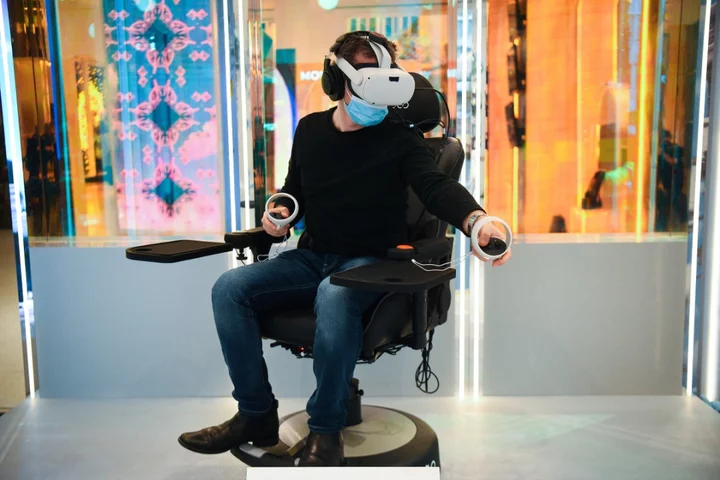
Virtual reality ‘being used to groom and abuse children’ – NSPCC
Offenders are using virtual reality (VR) to groom and sexually abuse children, as well as share illegal images of abuse, according to new research from the NSPCC. A report commissioned by the children’s charity on VR and immersive technologies said the online spaces at the heart of the technology are being used by offenders to not only interact with children, but also to simulate acts of abuse. It warned that offenders are being desensitised to their own behaviour because of the anonymity such spaces provide through their use of customisable, digital avatars to represent each person present, which the report said offenders are using to hide behind. Virtual reality platforms are based around a person wearing a headset, which immerses them in a virtual world where they can see and interact with other users as well as consume content, and is seen by some as the next iteration of the internet. However, the study warned that these VR worlds invite the creation of tighter-knit offender communities, which could be used to share child sexual abuse material and lead to an escalation in harmful behaviours. These shocking findings should be a wake-up call to us all about the harm young people are facing when engaging with immersive technology Richard Collard, NSPCC In response, the NSPCC has called on tech firms to do more to ensure virtual reality platforms are safe by design by introducing better child safety features and reporting systems. It has also called on the Government to provide more guidance, funding and learning opportunities to law enforcement on how to deal with virtual reality platforms. And with the Online Safety Bill due to continue its passage through Parliament this week, the charity said the Government should review the Bill’s safety regime on a regular basis to ensure that it keeps up with emerging technologies and harms to make sure they are adequately covered under the law. Richard Collard, head of child safety policy at the NSPCC, said: “These shocking findings should be a wake-up call to us all about the harm young people are facing when engaging with immersive technology. “Technology will continue to progress, and so must we to ensure that we can understand the existing and emerging risks that young people face in these virtual spaces. “As the Online Safety Bill completes its passage through Parliament, it is vital that new and emerging technology forms a crucial part of the online safety regime. “This will only be made possible through clear collaboration between educators, parents, policymakers, and the technology industry.” Earlier this year, crime statistics data obtained from police forces in England and Wales by the NSPCC showed that virtual reality was recorded eight times in crime reports, the first time the technology has been specifically mentioned, the charity said. Read More Charity boss speaks out over ‘traumatic’ encounter with royal aide Ukraine war’s heaviest fight rages in east - follow live Russian cyber-attacks ‘relentless’ as threat of WW3 grows, expert warns Warner Music sign first digital character Noonoouri and release debut single Met should thoroughly investigate cyber security practices, say experts
2023-09-05 07:20
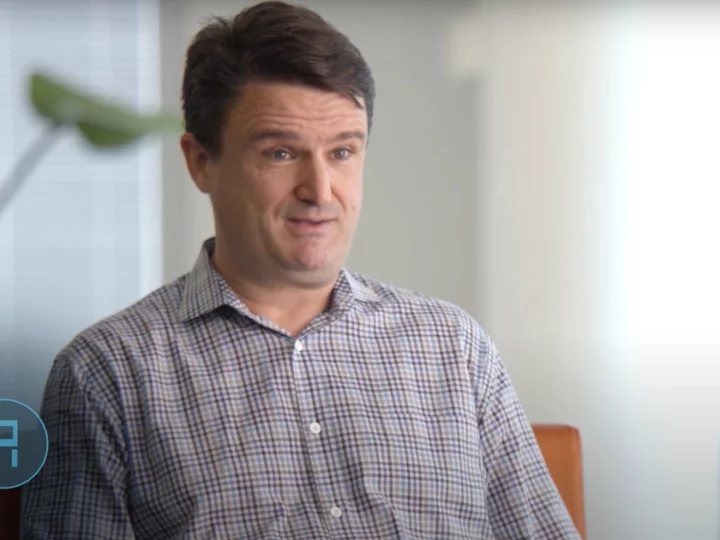
Spy attire: US investing $22m in surveillance socks and other wearable tech
The federal government is reportedly investing at least $22m into developing clothes that “can record audio, video, and geolocation data.” According to a 22 August press release from the office of the Director of National Intelligence’s Intelligence Advanced Research Projects Activity (IARPA), the research and development arm of the organisation, “recently launched a cutting-edge program that aims to make performance-grade, computerized clothing a reality”. The DNI touted the SMART ePANTS program, which stands for Smart Electrically Powered and Networked Textile Systems, that “seeks to develop clothing with integrated audio, video, and geolocation sensor systems that feature the same stretchability, bendability, washability, and comfort of regular textiles,” IARPA stated. They will be used by the intelligence community, IARPA wrote. Since the surveillance technology will be woven into the clothing, “Intelligence Community staff will be able to record information from their environment hands-free, without the need to wear uncomfortable, bulky, and rigid devices.” For example, according to the release, the technology could “assist personnel and first responders in dangerous, high-stress environments, such as crime scenes and arms control inspections without impeding their ability to swiftly and safely operate.” The SMART ePANTS program’s mission is to to incorporate “sensor systems” into clothes, like shirts, pants, socks, and underwear. The Intercept reported that the federal government has dedicated at least $22m in funding to the program. It’s unclear just how big of a gamble IARPA might be making with its investment. Its website describes itself as investing “federal funding into high-risk, high-reward projects to address challenges facing the intelligence community.” “A lot of the IARPA and DARPA programs are like throwing spaghetti against the refrigerator,” Annie Jacobsen, author of a book called The Pentagon’s Brain about ​​the Defense Advanced Research Projects Agency, told the outlet. “It may or may not stick.” Dr Dawson Cagle, an IARPA program manager leading the SMART ePANTS program, said that while he is “proud of the intelligence aspect” of the program, he’s “excited about the possibilities that the program’s research will have for the greater world.” He said that he was inspired in part to create the program by his father, who was a diabetic, and therefore had to monitor his health multiple times a day. His father’s experience paired with the research that supports that the components of a computer “have already been developed, just as individual pieces,” he explained. If you can convert all of the components into a single, wearable device, the program’s goal will have been achieved, Dr Cagle said. Ms Jacobsen warned that the advancement of smart wearables could lead to future concerns over biometric surveillance by the government. “They’re now in a position of serious authority over you. In TSA, they can swab your hands for explosives,” Ms Jacobsen told The Intercept. “Now suppose SMART ePANTS detects a chemical on your skin — imagine where that can lead.” But IARPA pushed back on this assertion, as spokesperson Nicole de Haay told the outlet: “IARPA programs are designed and executed in accordance with, and adhere to, strict civil liberties and privacy protection protocols. Further, IARPA performs civil liberties and privacy protection compliance reviews throughout our research efforts.” Read More Swedish citizen goes on trial on charges of collecting information for Russia Seoul's spy agency says Russia has likely proposed North Korea to join three-way drills with China Biden says he is ‘disappointed’ at Xi Jinping skipping India’s G20 summit Vodafone users say they can’t call people World’s first solar-powered hybrid truck tested on public roads Apple is about to make a huge change to the iPhone that it never wanted to do
2023-09-05 06:16

Teardown of Huawei's new phone shows China's chip breakthrough
Huawei Technologies and China's top chipmaker SMIC have built an advanced 7-nanometer processor to power its latest smartphone,
2023-09-05 01:55

World’s first solar powered hybrid truck tested on public roads
Swedish truck giant Scania has unveiled a first-of-its-kind hybrid lorry covered in dozens of solar panels that are capable of providing up to 10,000 kilometres of range annually. The next-generation vehicle has already been successfully tested on public roads, with Scania hoping to develop the technology for use in commercial transport fleets. “Never before have solar panels been used to generate energy to a truck’s powertrain like we do in this collaboration,” said Stas Krupenia, who heads Scania’s research department. “This natural energy source can significantly decrease emissions in the transport sector.” The energy produced by the solar panels provide the truck with a driving range of up to 5,000 kilometres per year in Sweden, though this would double in countries with more sunshine like Spain. The researchers who created the concept believe future versions could double the solar energy generation to improve the range even further by making use of new perovskite solar cells. “Our research towards efficient and light solar cells will be truly important, especially when it comes to applying them in future trucks,” said Erik Johansson, a professor of physical chemistry at Uppsala University in Sweden who was involved in the project. “This is an exciting project where academia and industry together try to decrease the climate impact from truck transports. The results from this unique truck will be very interesting.” The hybrid truck forms part of a push by companies and institutions around the world to research ways to transition away from fossil fuel-powered vehicles towards more sustainable solutions. Last year, Dutch startup Lightyear showcased a solar-powered car capable of travelling hundreds of kilometres on a single charge. Described as the “world’s most efficient and sustainable” vehicle, the Lightyear One is already available for pre-order and is expected to be the first four-wheeled solar-powered car capable of carrying more than one passenger to make it to market. “Our road tests confirm that we’re on track to producing the most aerodynamic five-seater to date,” the firm stated in a release posted to its website. “As our world moves to more sustainable energy sources, Lightyear is driving the development of clean mobility in the automotive industry.” Read More Hundreds of years after it was discovered, one material is about to change the world Apple is about to make a huge change to the iPhone that it never wanted to do Vodafone users say they can’t call people Microsoft is removing its decades-old text editor
2023-09-05 01:21
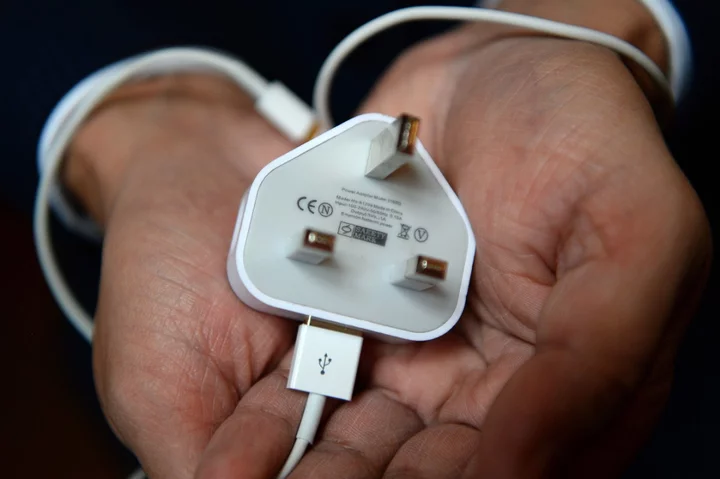
iPhone 15: Apple’s new phone will finally bring new charging plug after years of resistance
The iPhone 15 is just days from launch, and will come with a change that Apple might never have wanted to make. The company will remove the Lightning port from the bottom of the iPhone, where it has been used for charging and data transfer since the iPhone 5 in 2012. Instead, it will move to USB-C, a slightly larger and more generic port. Apple has long resisted that port, even as it has comes to other Apple devices including its iPads and MacBooks. But it has been forced to do so by new rules coming from the European Union, which seek to reduce clutter and digital waste by requiring companies to use one charger. That new ruling applies to everything: not just phones, but other small electronic devices such as tablets and GPS systems. But since it was announced, much of the discussion has focused on Apple and its iPhone, largely because it was the only major company to resist the change. When the regulation was being discussed, Apple publicly and unusually criticised it. It said that the change would actually lead to more digital waste, since iPhone users would be forced to throw away their old cables, and that it would set a dangerous precedent in allowing governments to change how products are designed. Instead, it encouraged regulators to look at the other end of the cable: the one that plugs into the wall. If that was standardised then users could still rely on having somewhere to plug their cable into, and Apple already sells the iPhone with USB-C to Lightning cables. But late last year, after years of discussions, the European Parliament approved new rules that would require new devices to support USB-C. Apple confirmed soon after that it would comply with the rules. Apple does not intend to mention any of those regulatory changes or its opposition to them when it announces the iPhone at an event next week, however, according to a new report Bloomberg. Instead, it will aim to stress the benefits of the new technology. Apple will focus on the fact that customers will be able to use a single charging cable for their iPhones as well as their Macs and iPads; that there will be faster transfer speeds for the more expensive Pro phones; that charging will also sometimes be faster; and that they can be used with chargers from other, non-Apple devices. Some have suggested that Apple could limit the USB-C phones to Europe. But would have led to supply chain problems and customer confusion, the Bloomberg report suggested. Apple is still faced with a number of drawbacks for the change, however, including spending on the switch and losing money from licensing products that work with Lightning. The biggest danger might be opposition from users: when Apple switched to Lightning in 2012, it received sustained criticism from customers who were forced not only to buy new wires but also new devices such as docks that relied on that connection. This time around, however, customers might be more ready for the switch since USB-C is already used in so many products. The company will also put a USB-C cable in the box, and has been focusing on other charging technologies such as its proprietary MagSafe. However, Apple removed the charging brick from iPhone boxes with the iPhone 12 in 2020, and touted the environmental effects of doing so in a way that suggested it would not add it back again. As such, some customers might find themselves with enough cables, but nothing to plug them into, Bloomberg suggested. Read More Here’s when you will actually be able to get the new iPhone Apple is about to reveal the new iPhone – and a lot more Apple announces major event to reveal new phone Apple says its new product is making people ‘audibly gasp’ The powerful technology hidden in every iPhone – and all around you Vodafone users say they can’t call people
2023-09-05 00:58

IBT and ATLATL Join Forces to Tackle Challenges in Brain Health
BEIJING--(BUSINESS WIRE)--Sep 4, 2023--
2023-09-05 00:27

Top Green Fund Backs Deforestation-Free Crops With $189 Million
The world’s biggest global climate fund has approved a $189 million commitment to &Green facility to support agriculture
2023-09-04 23:59
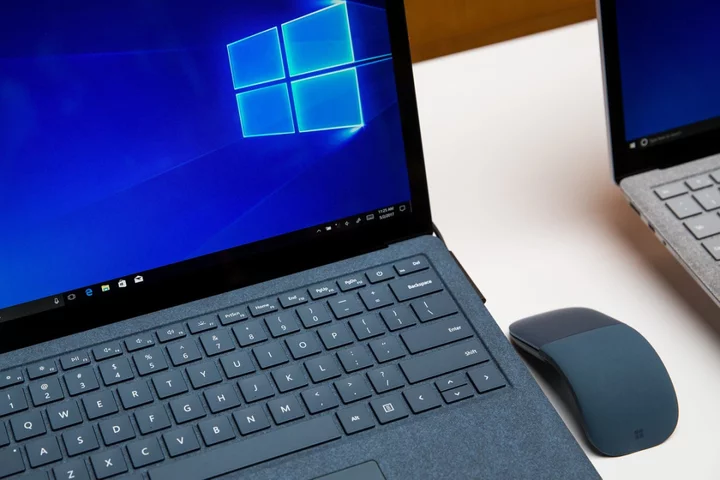
Microsoft Windows is removing WordPad, its decades-old text editor
Microsoft is killing off WordPad, its decades-old text editor in Windows. The company will no longer update the software. It will then remove it from a future version of Windows. WordPad has been around since Windows 95. It has stood somewhere between Word, its more fully-featured text editor, and the simplicity of Notepad. “WordPad is no longer being updated and will be removed in a future release of Windows,” Microsoft wrote in a support note. “We recommend Microsoft Word for rich text documents like .doc and .rtf and Windows Notepad for plain text documents like .txt.” WordPad has always been offered for free, in contrast to Microsoft Word, which requires the payment of a fee or subscription. But it lacked many features of Word such as a spellchecker, too, and is unable to save into some key formats. The support note did not explain why it would be removing the software. It added to a page of deprecated software that notes that “new versions [of Windows] also remove features and functionality, often because they’ve added a newer option”. Microsoft’s announcement came soon after it released new updates for Notepad, which also comes free but does not offer the same formatting or features as WordPad or Word. It will be getting autosave and other new features, after the recent addition of dark mode and other changes. As well as coming under competition from its more full-featured and more simplistic siblings, other third-party options such as Google Docs also offer many of the same tools – and much more besides. WordPad on the other hand has been barely touched in years. It was last updated with Windows 8, more than ten years ago, and even then received only a small redesign. Read More Microsoft makes big changes to takeover of Activision Blizzard SpaceX smashes rocket launch record as Musk eyes historic Starship mission Vodafone users say they can’t call people
2023-09-04 23:57

Gamers are boycotting Starfield because players can add pronouns
A handful of gamers have erupted across social media due to the option to select pronouns for characters in the game Starfield. The role-playing game (RPG) allows players to customise their characters, including deciding which pronouns they have. The feature was discovered after the game went live on Friday 1 September for those who had pre-ordered. Bethesda, who have previously made games such as The Elder Scrolls V: Skyrim and Fallout 4, allowed Starfield players to select they/them pronouns for non-binary characters if they so pleased. But a small number of notable gaming streamers seemed extremely upset over the decision. They accused video game publishes of going “woke”. Streamer Herschel ‘Guy’ Beahm IV, known by his online alias Dr Disrespect, was outraged both at the pronoun option and the head of publishing at Bethesda, Pete Hines, having his pronouns in his Twitter/X bio, saying “it all makes sense now. Beahm also shared with his viewers that he had tried to work with Bethesda prior to the release of Starfield, but was told no due to “past controversies.” Another streamer known online as 'Heel vs Babyface', revealed his sheer lack of imagination when he screamed at his camera for two-and-a-half minutes claiming the choice of pronouns meant he was being “dragged out” of the immersive experience of the game. “Do you want to get immersed in our world? Yeah well guess what, f**king pronouns,” he screamed. “F**king gender ambiguity. F**king current-day California s**t, because that’s all we f**king know.” As expected, many mocked those who were upset over a two-second feature in a video game. One user called Heel vs Babyface “pathetic”: Others told him to “grow up”: Outside of streamers who are unable to comprehend an experience outside of their own, Starfield has received less than favourable reviews from critics for valid reasons such as poor performance and calling the title “disjointed”. Sign up to our free Indy100 weekly newsletter Have your say in our news democracy. Click the upvote icon at the top of the page to help raise this article through the indy100 rankings.
2023-09-04 23:17

West Virginia University crisis looms as GOP leaders focus on economic development, jobs
West Virginia University is recommending slashing its language department and dozens of other programs amid a $45 million budget shortfall
2023-09-04 23:15
You Might Like...
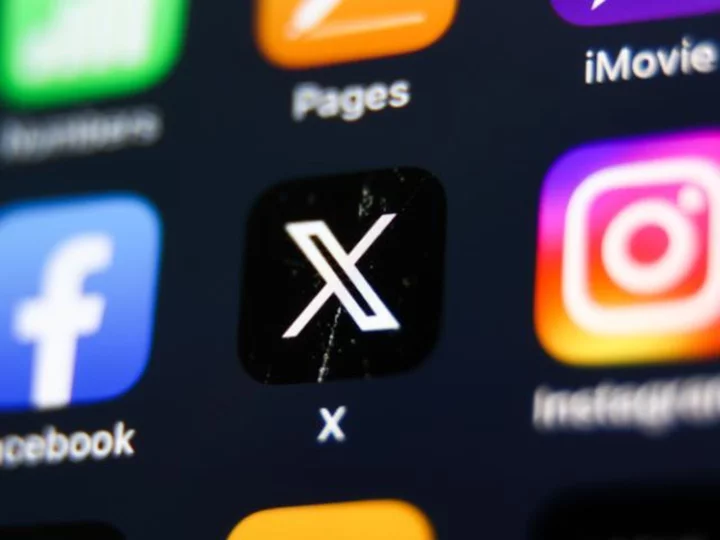
X will allow political ads again and hire for safety and election teams ahead of 2024 elections

Level Brings Its Next-Generation Platform to Multifamily
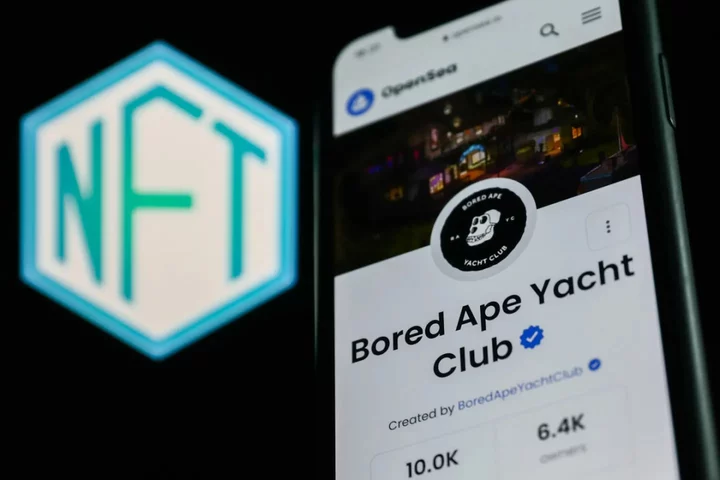
Mystery ‘eye burn’ outbreak linked to NFT event

Westcliff University Honors Global Graduates in Historic Commencement Ceremony

From Data to Dream Getaway: Hipcamp's Interactive 2023 Fall Foliage Map Personalizes Autumn Camping

Critical Role Takes to the Sky for a New One-Shot Video Inspired by the Legend of Zelda: Tears of the Kingdom

Bloom Energy Installs First Fuel Cells in Taiwan
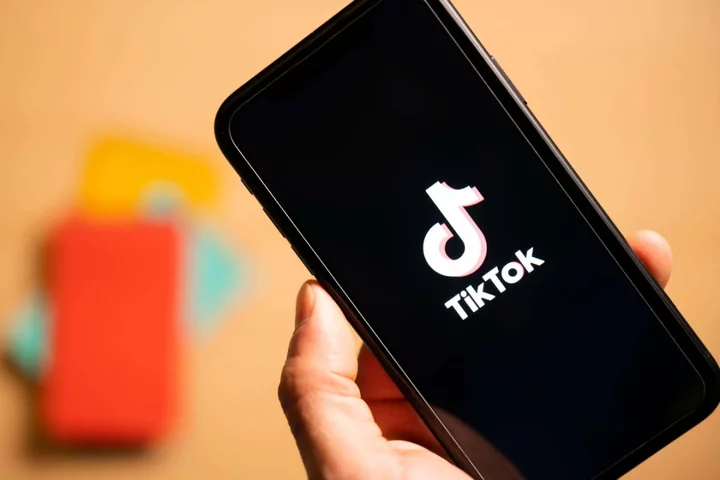
TikTok launches feature to save songs to music apps like Spotify
